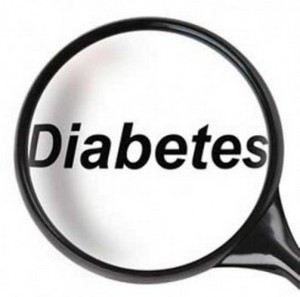 Boston, MA—Generic versions of the same prescription drug are clinically interchangeable but often look different depending on the manufacturer. The FDA does not require consistent pill appearance among interchangeable generic drugs, and the shape and color of patients’ pills may vary based on the particular supply at the patient’s pharmacy. Studying a national cohort of patients who recently suffered a heart attack, researchers from Brigham and Women’s Hospital (BWH) have found that variation in appearance of generic drugs is associated with a greater risk of patients stopping their essential post-heart attack drugs. These findings are published on July 14, 2014 in the Annals of Internal Medicine.
Boston, MA—Generic versions of the same prescription drug are clinically interchangeable but often look different depending on the manufacturer. The FDA does not require consistent pill appearance among interchangeable generic drugs, and the shape and color of patients’ pills may vary based on the particular supply at the patient’s pharmacy. Studying a national cohort of patients who recently suffered a heart attack, researchers from Brigham and Women’s Hospital (BWH) have found that variation in appearance of generic drugs is associated with a greater risk of patients stopping their essential post-heart attack drugs. These findings are published on July 14, 2014 in the Annals of Internal Medicine.
“After patients have a first heart attack, guidelines mandate treatment with an array of long-term medications and stopping these medications may ultimately increase morbidity and mortality,” explains Aaron S. Kesselheim, MD, JD, MPH, assistant professor of medicine in the Division of Pharmacoepidemiology and Pharmacoeconomics at BWH and senior investigator of this study. “Medications are essential to the treatment of cardiovascular disease and our study found that pill appearance plays an important role in ensuring patients are taking the generic medications that they need.”
In a large national insurance database, the researchers collected records of over 10,000 patients discharged between 2006 and 2011 after hospitalizations for heart attacks who initiated treatment with generic beta-blockers, angiotensin-converting enzyme inhibitors, angiotensin-II-receptor blockers, or cholesterol-lowering statins. They then looked for breaks in medication refilling (non-adherence) and they determined whether the pill appearance had changed in the prior two prescriptions. They found that the odds that a patient would discontinue use or not refill their medication increased by 34 percent after a change in color and 66 percent after a change in pill shape.
“The association between changes in pill appearance and non-adherence to essential cardiovascular medications has important implications for public health,” explained Kesselheim. “This study suggests the need for physicians and pharmacists to proactively warn patients about the potential for these changes, and reassure them that generic drugs are clinically interchangeable no matter how they look, especially in light of the prevalent use of generic drugs and public health importance of promoting patient adherence to essential medications.”
This research was supported by the Agency for Healthcare Research and Quality and the Harvard Program in Therapeutic Science.


